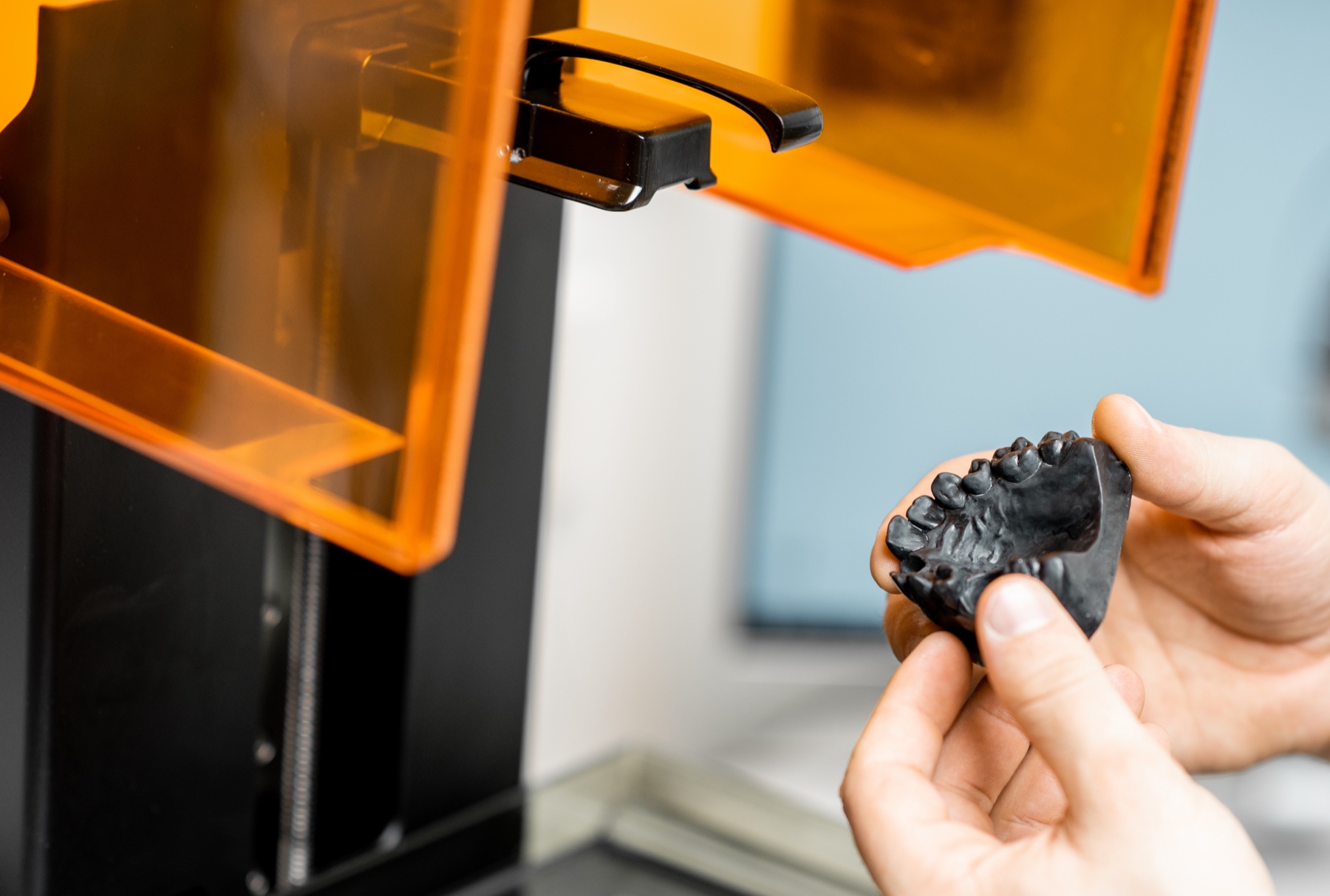Abdullah Faqihi
Development of biosensors using reduced graphene oxide.
Email: a.a.a.faqihi2@ncl.ac.uk
Project supervisors
Project description
Light-scribed graphene nanomaterial is flexible. It is very suitable for use in biosensor devices based on reduced graphene oxide (rGO). This is due to its excellent thermal, electrical, and electronic properties. It has high electron conductivity, huge specific surface area, and low cost.
Medical and healthcare applications such as the detection of cancer cells use rGO based biosensors.
I am processing graphene oxide (GO) using the laser scribing technique. I investigated the influence of laser scribing syntheses in the reduction of pristine graphene oxide (GO).
I coated graphene oxide (GO) solvent onto a LightScribe DVD. I used the laser scribed technique to reduce the graphene oxide layers and generate laser-scribed graphene (LSG). I then analysed micro details for the morphological structures of the reduced graphene oxide (rGO) and pristine graphene oxide (GO). To do this, I used scanning electron microscopy (SEM).
I produced the biosensor devices based on reduced graphene oxide (rGO) using the laser scribing technique. I carried out successful reduction processes of pristine graphene oxide (GO) on the produced biosensor model. I optimised the biosensor devices to obtain high quality properties for the biosensor model.
I am continuing to assess a variety of parameters. These include layer thickness and environmental pressure (controlled with a chamber). Future work will use the biosensors to measure biological samples with impedance spectroscopy.
Interests
Fabrication sensors by using graphene oxide
Qualifications
Master degree
